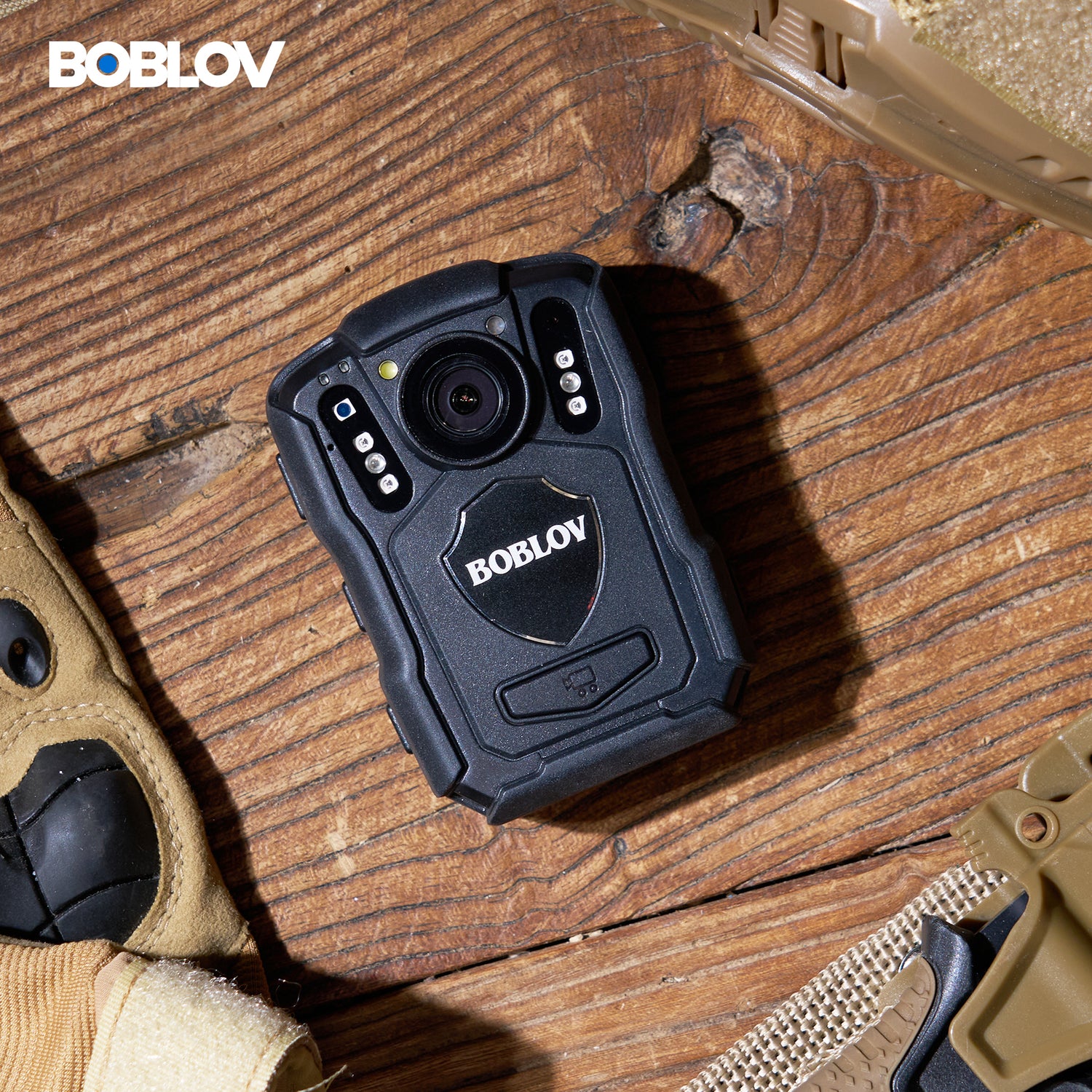The Evolution of In-Car Video Technology in Law Enforcement
From Dashcams to Body Cams: The Transition
The shift from dashcams to body cams represents a significant evolution in law enforcement technology. Initially, dashcams were installed in police vehicles to record interactions during traffic stops and pursuits. However, their stationary nature limited the recording to certain angles and events confined to the vehicle's vicinity. The introduction of body cams has dramatically expanded the capabilities of recording, offering a more comprehensive and personal perspective of law enforcement activities. Body cams are worn on the officer's uniform, ensuring a wider coverage and more detailed recording of interactions. This transition not only enhances the quality of evidence collected but also plays a crucial role in accountability and transparency within the policing process.

Advancements in Boblov Body Cam Technologies
Recent advancements in Boblov body cam technology have reshaped policing. These body cams now feature improved battery life, allowing officers to record for long shifts. High-definition video ensures clearer footage, even in low-light conditions. Enhanced stability combats shaky recordings, essential during sudden movements. Some models offer livestream capabilities. This lets command centers monitor situations in real-time. The integration of biometric sensors is a new development. It tracks vital signs and stress levels of officers on duty. These upgrades help ensure evidence integrity and offer invaluable insights during critical incidents.
Legal and Regulatory Considerations for Body Cams
The legal and regulatory landscape for body cams, including Boblov, is complex.
In the U.S., laws vary by state, shaping how footage can be used or shared. Privacy rights, evidence handling, and public access are key legal areas.
Agencies must craft clear policies to comply with these laws.
The policies cover when to record, data storage, and who can view the footage.
Courts also weigh in, setting precedents for body cam evidence use.
Balancing transparency with privacy is a constant challenge for lawmakers.
As technology evolves, so must the legal frameworks governing its use in law enforcement.
Enhancing Accountability and Transparency with Boblov Body Cams
The Role of Body Cams in Fostering Trust Between Law Enforcement and Communities
Boblov body cams play a vital role in modern policing. They help bridge the trust gap between officers and the public. By recording interactions, these cams offer a clear account of events. This transparency is key to building community trust. It shows the police's commitment to fairness and accountability. Citizens feel more at ease knowing that there's an objective record. Similarly, officers can rely on footage to defend their actions if needed. Overall, body cams are crucial for mutual trust.
How Body Cams Influence Driver Behavior and Compliance
Body cams, like the Boblov models, have a profound impact on driver behavior. This influence is evident in several key areas:
- Deterrence: Knowing they are being recorded, drivers are less likely to engage in illegal or reckless behavior.
- Evidence Collection: In cases of traffic violations or accidents, body cams provide clear and unbiased evidence. This aids in swift and fair resolution.
- Compliance: Drivers tend to follow traffic laws more rigorously when they are aware that law enforcement officers are equipped with body cams. This leads to safer roads for everyone.
- Accountability: For both the officer and the driver, body cams encourage adherence to legal standards, fostering a sense of accountability.
Overall, the implementation of Boblov body cams has contributed significantly to enhancing compliance and promoting safe driving practices among road users.
Privacy Concerns and Ethical Implications
Adopting body cams, like Boblov, comes with ethical worries. They raise questions on privacy for both officers and the public. There's debate on when to record and who can watch the footage. Laws also differ by state on how body cam data is handled. Clear policies are crucial to respect rights while keeping the benefits of body cams. It's a balance between safety and civil liberties. Agencies must train officers on these ethics. Done right, body cams can both protect and respect everyone involved.
Case Studies and Success Stories
Notable Incidents Captured on Boblov Body Cams
Boblov body cams have played a key role in many high-profile cases. They offer clear evidence during trials and can resolve complaints against officers. Often, their footage settles disputes about officer conduct. For instance, in a recent traffic stop that turned tense, a Boblov body cam showed the officer acted within policy. The cams also help in training, showing new recruits real-world situations. They're a tool for justice, shedding light on what really happens in the field.
Impact of Body Cams on Investigative Outcomes
Body cams have changed police work. Boblov body cams, in particular, have proved to be a vital tool in investigations. They provide clear footage which helps in court. They can prove officer conduct and suspect actions during incidents. This leads to justice in many cases. The cams' footage has become key evidence in complex cases. They often clear up events where witness accounts differ. Across the U.S., these cams are aiding investigations leading to more convictions. Their impact on the justice system has been significant.
Best Practices: Integrating Boblov Body Cams into Law Enforcement Strategies
Integrating Boblov body cams into law enforcement strategies requires best practices. These practices ensure successful use and solid outcomes. The first step is providing thorough training to officers. Police need to know how to operate cams properly. They also must understand when and how to record interactions. Next is setting clear policies about footage use and storage. Rules must protect privacy without hampering transparency. Agencies also have to regularly check that cams are working. They must ensure that software gets updated too. It's key to involve the community in the process. This builds trust and gains support for body cam use. Lastly, reviewing footage must be a routine. It's crucial for training and policy improvement. Following these practices, law enforcement can optimally use Boblov body cams.




